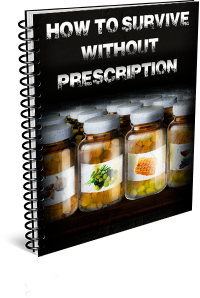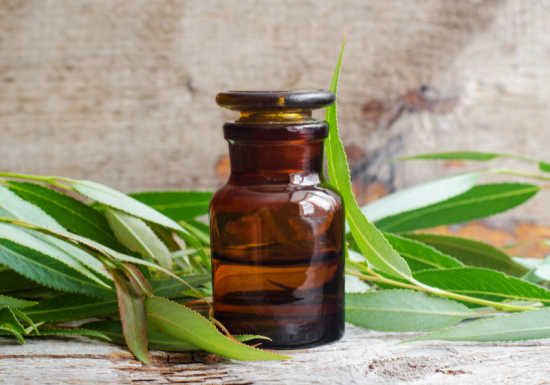Willow is a much more natural alternative to the Aspirins that line the shelves at every grocery store. It is also quite a bit easier on the stomach. Harvesting it is simple and it could be helpful for anyone in an off-grid situation or those who prefer to use a natural medicine over a synthetic drug.
Willow bark is the bark from several varieties of the willow tree. The varieties of willow include white willow or European willow, black willow or pussy willow, crack willow, purple willow, and others. The bark can be used in a similar way to aspirin, and for those who are seeking a more natural medicine, it could be an awesome solution!

Willow bark acts a lot like aspirin, meaning it is used for commons aches or pain, such as headaches, muscle or joint pain, menstrual cramps, rheumatoid arthritis (RA), osteoarthritis, gout, and a disease of the spine called ankylosing spondylitis. Willow bark can also help with the common cold, flu, and even weight loss.
Salicin is the active ingredient in willow bark that makes it an effective natural medicine. Salicin is similar to aspirin when ingested. It could cause an upset stomach especially if you overdo it.
How To Harvest Willow Bark
The variety of plants you choose to harvest the bark from will determine its strength. While all willows are medicinal, some may taste and smell a little better if you intend to ingest and use the plant for medicinal purposes. Try to harvest willow bark in an uncontaminated (unsprayed by glyphosate etc.) area and be sure to give the bark a taste and smell test. You will want it to smell a bit like wintergreen and taste bitter, almost like an aspirin tablet sitting on the tongue. It should also give a tart Vitamin C-like after kick. This is the good stuff. Many herbalists have their favorite variety of willow, and once they find a spot with great trees, they go back to it to harvest year after year. The best thing you can do is learn your area and know when and where you can harvest the willow for the most effective medical effect.
Springtime is a great time to harvest willow bark, as the plant is growing and providing all the necessary nutrients to keep it thriving. That’s when you’ll get the best out of the active ingredient, salicin. When harvesting, choose a tree that’s fairly large. Cut the newer branches then peel the bark and large twigs with a knife. Small newer twigs can be easily cut with garden scissors or clippers too, making them great choices.
Making Willow Oil
If you’d like to turn the bark into an oil medicine, cut the bark and stems into small pieces and place them in a double boiler. Cover completely with extra virgin olive oil or another oil of your choice and heat very gently for several days. Turn the oil on and off so that it does not boil. Strain with a piece of muslin cloth, then put the oil in a glass jar. It will last about a year if you store it in a cool dark place.
Making A Medicinal Tincture
If you want to make a tincture, place fresh-cut bark and twigs in a glass jar and cover with vodka or brandy. Cover with a lid and let sit for at least 2 weeks. Shake the jar every few days and make sure the herb is continuously under the liquid. Strain and bottle into a glass jar. For every ounce of dried willow bark, use 5 ounces of vodka or brandy (by volume). Place in a jar and let sit 2 weeks as above. The dosage is 30-60 drops. The tincture will last 7-9 years.
Willow should not be used when someone is on anticoagulants. While willow is better tolerated than Aspirin regarding stomach aches and ulcers, it should not be used for those who have a salicylic acid allergy, as salicin, the active ingredient, will turn into salicylic acid in the body.

Willow is a much more natural alternative to the Aspirins that line the shelves at every grocery store. It is also quite a bit easier on the stomach. Harvesting it is simple and it could be helpful for anyone in an off-grid situation or those who prefer to use a natural medicine over a synthetic drug.
source : Sara Tipton



